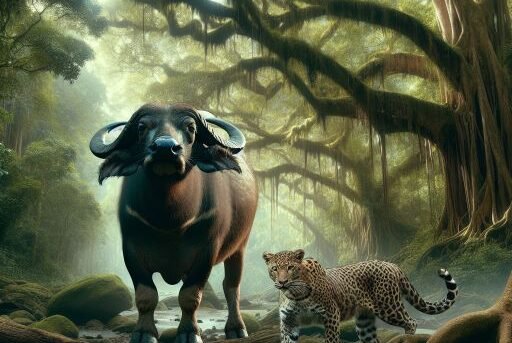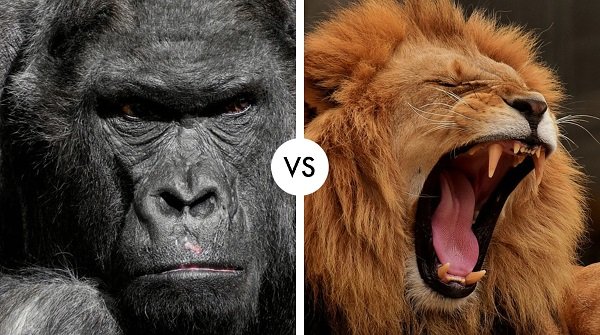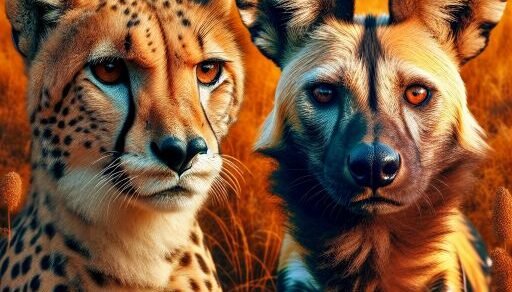Location and Habitat
The forest buffalo, a smaller cousin of the African buffalo, thrives in the dense rainforests of Central and West Africa. This species prefers the lush, wet environments where it grazes on the abundant grasses and herbs. The forest buffalo is particularly adapted to life in the undergrowth, where its reddish-brown coat helps it blend into the shadowy forest floor.
On the other hand, the leopard is a versatile and widespread species found across sub-Saharan Africa, parts of Asia, and the Russian Far East. This adaptable predator is at home in a variety of habitats, from savannas and mountainous terrains to dense forests. Leopards are solitary creatures, relying on their camouflaged fur and stealthy movements to stalk prey, making them one of the most successful big cats in varying environments.
Forest Buffalo vs. Leopard Comparison
| Attribute | Forest Buffalo | Leopard |
|---|---|---|
| Size and Weight | Up to 900 kg, 1.7 m at shoulder | 30-90 kg, 0.6-0.75 m at shoulder |
| Ability to Finish Opponent | Powerful charge, strong body mass | Strong bite, agility, stealth attacks |
| Weaponry | Large horns, hooves | Sharp claws, strong jaws and teeth |
Hunting and Skills
The forest buffalo, smaller than its savannah counterpart, primarily grazes on grasses and herbs in dense forests, relying on its herd for protection against predators. When threatened, they can defend themselves using their horns and bulk, often forming a circle around the young with adults facing outward. Leopards, on the other hand, are solitary and versatile predators that adapt to various environments, including forests where they can prey on animals such as deer, rodents, and occasionally young forest buffaloes. They employ stealth and strength to ambush their prey, often dragging their catch up trees to avoid scavengers. Leopards also use their camouflaged fur to blend into the forest environment, making them efficient and elusive hunters.
Forest Buffalo vs. Leopard Who Would Win?
The leopard uses its agility to stalk the buffalo from dense foliage. It aims for a surprise attack, targeting the buffalo’s neck or rear. The buffalo, sensing danger, charges to fend off the leopard with its horns and sheer mass. The leopard attempts multiple strikes, but struggles to bring down the large buffalo. The buffalo’s strength and size give it an advantage in direct confrontation. The leopard, risking injury in a prolonged fight, eventually retreats to avoid serious harm.
Winner: Forest Buffalo with a 70% chance of winning.




